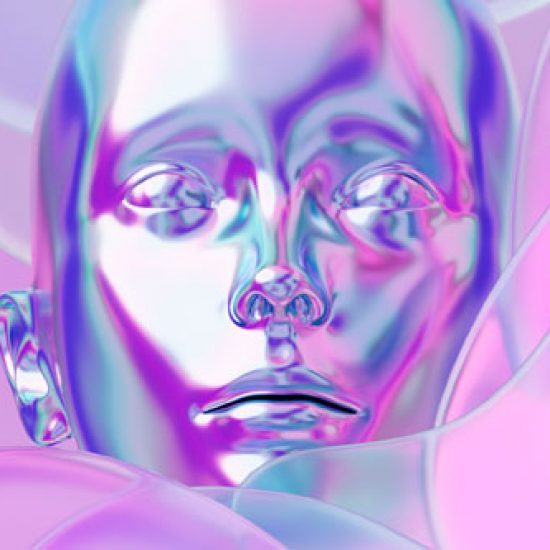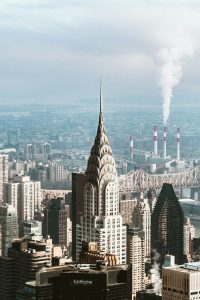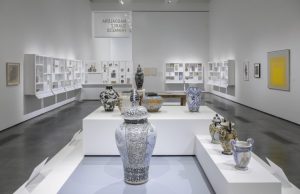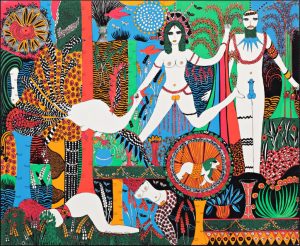What is AI?
Today, AI is transforming everything from healthcare to entertainment, causing a significant shake-up in the creative industry, and forcing artists to rethink their careers and roles in this developing world.
Before now, we have exclusively celebrated the artist’s unique perspective. But can AI replace artists?
AI actively participates in the creative industry by creating beautiful artwork, designing innovative products, composing music, and even writing award-winning novels.
In the beginning, the rise of AI in art felt like an intrusion, a threat to the sanctity of human creativity, but now, artists struggle in an AI-driven world.
Artificial Intelligence, in simple terms, is about computer systems doing things that usually require human brains – like learning, solving problems, and understanding languages. When applied to art, these systems can help generate complete creative works based on human prompts or assist artists with details in their creative process.


How does AI work in art?
AI-generated art entangles algorithms that learn from existing artwork to create something further. These algorithms analyze patterns, colors, shapes, and styles from thousands or more pieces before generating their unique pieces. This process is often referred to as machine learning or deep learning.
AI-powered tools can produce content much faster and more affordably than humans. These tools continually improve, potentially leading to further wage decline, fewer job opportunities, and increased financial instability for the artists.
If robots can emulate or exceed human creativity, what becomes of an artist’s talent?
Art students are questioning the relevance of their education, the value of their skills, and future job prospects in an AI-dominated world. The necessity to continuously learn, adapt to new technologies, and stay ahead can be a source of stress and burnout.


Is Collaboration Between Artists and AI Possible?
AI creative tools rapidly advance in music, writing, visual arts, marketing, and beyond. Adaptation will be required, but it will not have to refuse human imagination and purpose. AI may contribute to art, similar to how platforms like WordPress, Godaddy, and Wix enable non-developers to create websites and influence the growth of the internet.
Moreover, the platforms allowed traditional developers to continue learning and developing new tools and features in the web space.
Instead of obliterating authentic art, AI may drive real artists to focus on meaningful messaging and growth.
Also, AI may help artists and designers overcome creative blocks by providing them with new ideas and inspiration. The algorithms can generate a wide range of possibilities, allowing artists to explore different directions and experiment with new styles. This can be particularly useful for artists who are looking to break free from their usual patterns and try something different.
The future holds the possibility for collaboration and coexistence between human and machine creativity although the path ahead challenges definitions of art. Nevertheless, we will recognize AI as a mere tool to expand opportunities.


The Role of Human Creativity in Art and Design
AI lacks an element that an algorithm cannot replicate, and that every artist possesses – human emotion. Art is not simply creating visually appealing pieces; it’s also about communicating feelings, telling stories, and expressing identity.
Human designers understand cultural nuances, historical contexts, and personal experiences – all these elements contribute to their creative process. They can sympathize with their audience and create designs that resonate on a deeper emotional level.
Likewise, AI cannot innovate or think outside the box like a human designer can. It doesn’t have personal experiences, intuition, or emotions to draw inspiration from, limiting its creative potential.
Humans are still needed for that.
So Will AI Replace Artists?
To answer this, we need to consider what makes art truly ‘art’.
Art means to make conscious decisions about what to create and how to create it. An artist’s choices in terms of color, composition, texture, and form are influenced by their thoughts, feelings, experiences, and cultural background. AI doesn’t possess these human qualities; it follows programmed algorithms.
There is a case to be made that it is the thought process itself that makes art, and that making art is impossible without conscious thought.
Read similar articles on Hue&Eye >>>




